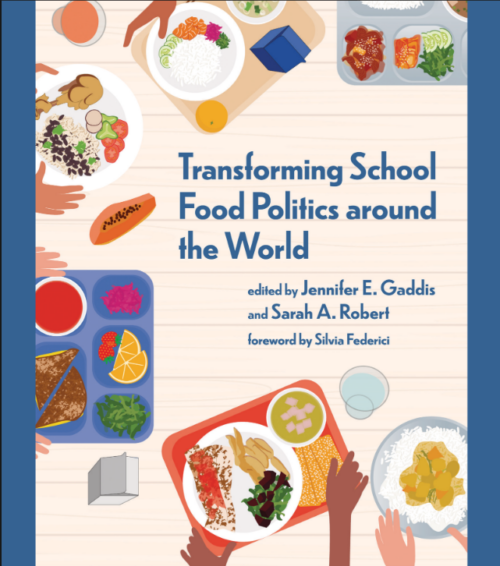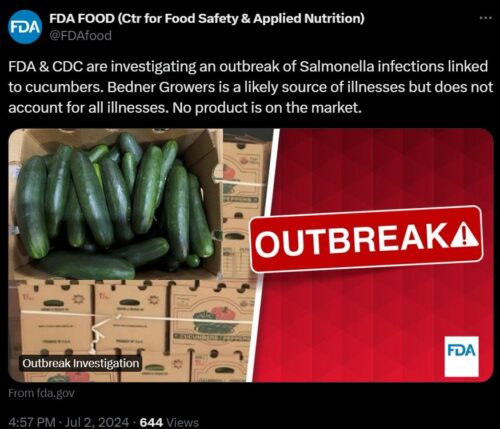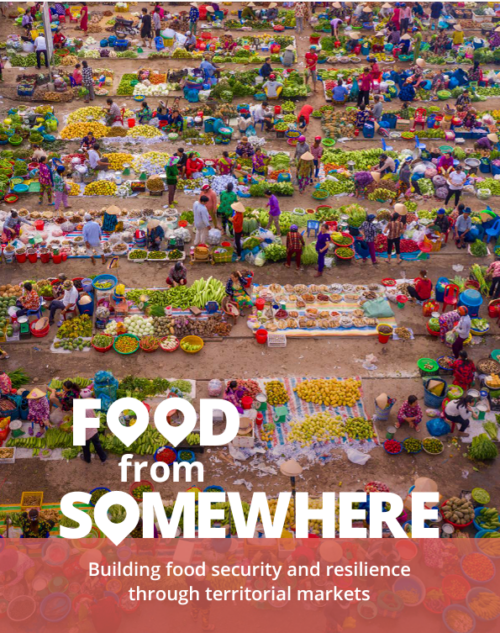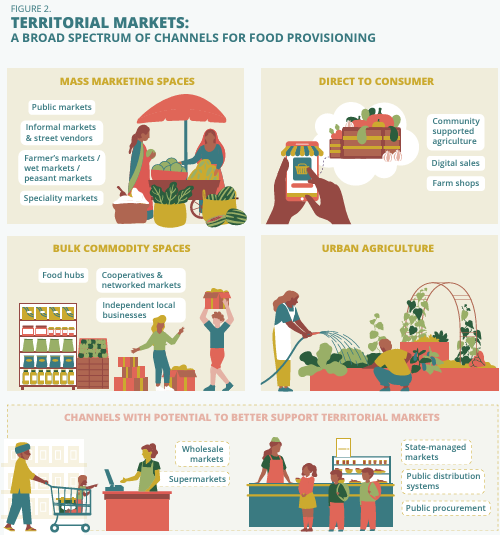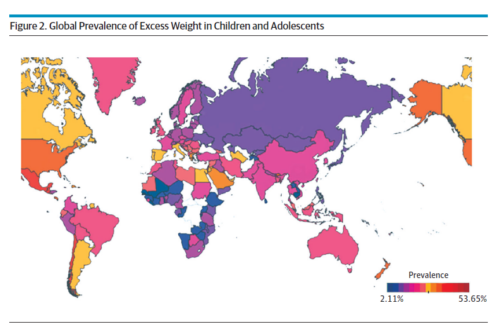Industry funded education of the week: Pork
A reader who wishes to remain anonymous forwarded this email she received from Kristen Hicks-Roof PhD, RDN, LDN, FAND , Director of Human Nutrition·National Pork Board.
Growing Strong: Animal-Source Foods’ Role in Childhood Development and Sustainable Food Systems
Childhood and adolescence are critically important periods for growth and development. These periods are also key for establishing healthy dietary patterns that can influence eating behaviors and health into adulthood.
During these stages, animal-source foods provide critical nutrients — such as high-quality protein, iron, zinc, choline, and B vitamins — that are not easily replaced from other sources.
In this webinar, Dr. Adegbola Adesogan will:
– Present evidence on the role of animal-source foods in childhood development and impact on future health outcomes
– Review how animal-source foods are a source of key nutrients that support health in children and adolescents
The CPE activity application for this webinar is pending review by the Commission on Dietetic Registration (CDR) and approval for 1.0 CPEU.
Comment
Presumably, the CDR will approve this for continuing education credits required for dietetic licensing. Also presumably, participants will not learn about the polluting effects of Pork CAFOs or the community lawsuits against them for obnoxious odors and other offenses. Or the way the pork industry fights back against such complaints. Or the welfare issues about farrowing crates. Or complaints about Pork Checkoff programs.
As I’ve noted previously, dietitians are able to fulfill all requirements for continuing education credits from industry-funded courses like this one.
Conflict of interest, anyone?

